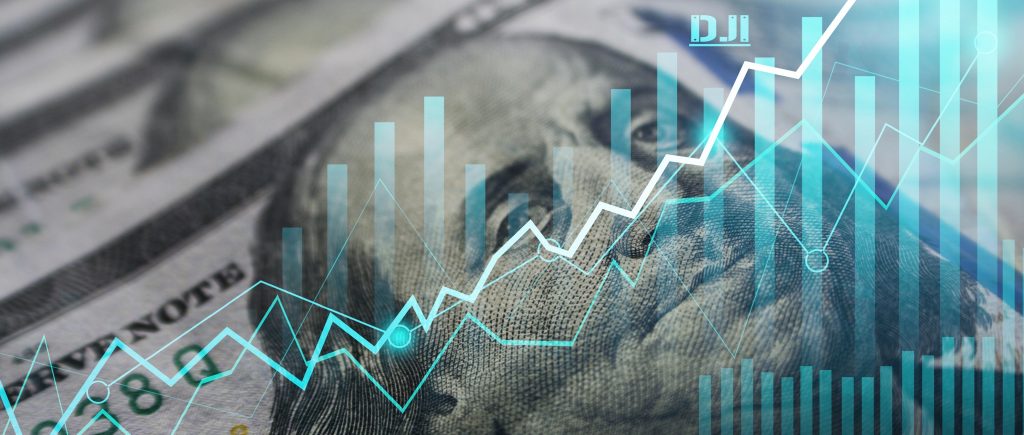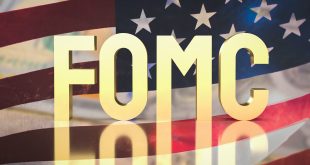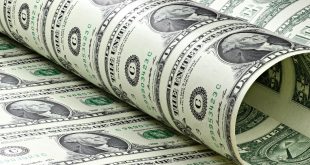Moody’s recent downgrade of the U.S. credit rating from Aaa to Aa1 signals fiscal challenges that could ripple through consumer finances. This shift, driven by a ballooning federal deficit and rising debt burden, may elevate borrowing costs for mortgages, credit cards, and auto loans. Here’s what this means for personal finances, why it’s happening, and what to expect moving forward.
Why the Downgrade Matters
Moody’s decision reflects concerns over the U.S. government’s fiscal trajectory. The agency highlighted persistent budget deficits, exacerbated by proposals to extend the 2017 tax cuts, which could add trillions to the $36.2 trillion national debt over the next decade. Treasury Secretary Scott Bessent downplayed the downgrade, calling it a “lagging indicator,” but markets reacted swiftly. On May 19, 2025, the 30-year Treasury yield surpassed 5%, and the 10-year yield hit 4.48%, pushing up borrowing costs.
Higher Treasury yields directly influence consumer loan rates, particularly for 30-year fixed mortgages, which averaged 6.92% as of May 16, 2025. This uptick stems from increased risk perceptions: as the U.S. appears less creditworthy, investors demand higher returns to hold its debt. The downgrade aligns Moody’s with Fitch and S&P, which previously cut the U.S. rating, underscoring a trend of eroding fiscal confidence.
Impact on Consumer Borrowing
The downgrade’s effects are most pronounced for mortgages, as their rates closely track Treasury yields. Homebuyers face steeper costs, with 15-year mortgage rates at 6.26%. Credit card and auto loan rates, while more tied to the federal funds rate (currently 4.25%-4.5%), are indirectly affected. The Federal Reserve’s cautious stance—projecting only one rate cut in 2025, per Atlanta Fed President Raphael Bostic—means relief is unlikely soon. Federal Reserve Chair Jerome Powell noted that tariffs could further fuel inflation, complicating rate reductions.
Credit card rates, averaging 20.12%, remain near record highs. Auto loans, similarly, reflect the Fed’s “higher for longer” policy. These elevated rates strain households already grappling with inflation and economic uncertainty, particularly as President Donald Trump’s tariff policies add pressure.
New Reality
Despite the downgrade, the U.S. remains a global economic anchor. Past downgrades by S&P in 2011 and Fitch in 2023 caused temporary market turbulence but didn’t derail growth. Still, the current fiscal path—marked by rising entitlement spending and flat revenue—demands attention. Households can brace for impact by prioritizing debt reduction, locking in fixed-rate loans before rates climb further, and building emergency savings to cushion against economic shocks.
Looking ahead, fiscal discipline could restore confidence. Congress and the administration face a choice: address deficits through spending cuts or risk further downgrades, which would amplify borrowing costs. For now, consumers should stay vigilant, as the interplay of deficits, tariffs, and Fed policy shapes the cost of borrowing.

 Noor Trends News, Technical Analysis, Educational Tools and Recommendations
Noor Trends News, Technical Analysis, Educational Tools and Recommendations




